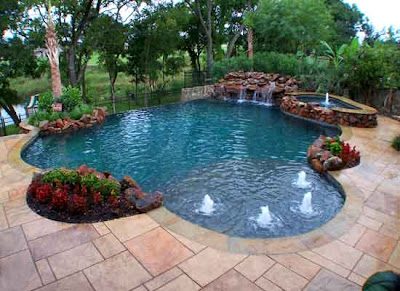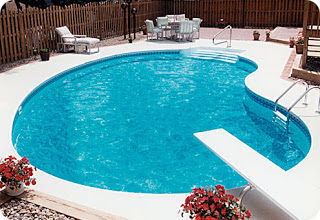 One afternoon, my seven-year-old son bounced in the front door after school, threw his backpack on the chair, and said, "When I grow up, I'm going to start a company that makes blocks. Then at night, I'm going to be an inventor."
One afternoon, my seven-year-old son bounced in the front door after school, threw his backpack on the chair, and said, "When I grow up, I'm going to start a company that makes blocks. Then at night, I'm going to be an inventor." "Sounds like a great idea," I said. "What are you going to invent?"
"I'm going to invent spy gear."
"Sounds cool. Now you have to do your homework."
"Aw, Mom. I don't want to do my homework."
"If you want to own a company and make spy gear someday, you have to do your homework." And the battle begins.
As a mother of four and an instructor of communication and interdisciplinary studies at Arizona State University, I understand the importance of achieving academic success. By this I mean not just getting good grades, but also looking ahead to get into the college or university you want to attend and doing well once you're there. In this chapter, I'm going to give you some tips that have helped me and others reach our academic goals.
Success is much more than academic achievement. Teenagers across the country have defined it as happiness, having goals, having a good job, having a family, following God's will, making good money, working hard, and being educated. For me, success is happiness, which comes from experiencing spiritual, mental, physical, and social fulfillment. But even though scuess is much more than doing well in school, academic achievement is connected to many areas of success. Achieving academically will help you get a good job, become an intelligent person, and make good money. It will also help you learn to achieve your goals and work hard. I know this has been drilled in your heads over and over again, but how do we actually get there?
In my many years of teaching, I have come across all types of students. Some are shy; some are outgoing. Some are quiet; others are loud. Some are lazy; some are hard working. Some are great students and some are not. What's the difference? From my experience the A students do a few extra things that B and C students do not do, and that seems to make all the difference.
Excerpt. © Reprinted by permission. All rights reserved.
Purchase your own copy of Full Bloom: Cultivating Success to read more of Amy's advice on Academic Success, including her top ten list of things you can do to success academically as well as essays from other amazing women who offer a variety of perspectives on what success means and how they have achieved it.
Amy Osmond Cook is a faculty associate in the School of Letters and Sciences at Arizona State University, where she teaches interdisciplinary and communication courses. She was America's Junior Miss in 1994 and is very grateful for the incredible experience and scholarship money that enabled her to receive her B.A. and M.A. in English from Brigham Young University. She later received her Ph.D. in Communication from the University of Utah.
As a violinist, Amy performed for multiple years with the Osmond Brothers. She released her debut album, Nativity (a collection of traditional Christmas songs peformed on the violin and harp), in 2004. She has taught violin lessons and worked as a freelance studio violinist for many years.
Amy has been featured in the print publications such as People Magazine and USA Today and on television programs such as Good Morning America.
Amy is married to Jeff Cook, and they are the proud parents of four beautiful children.

































































